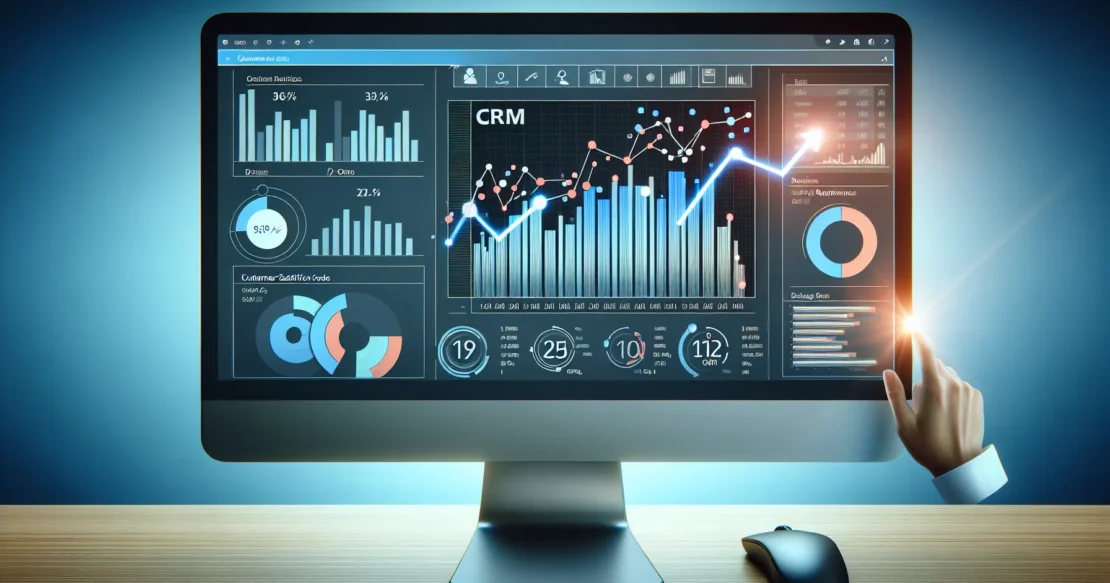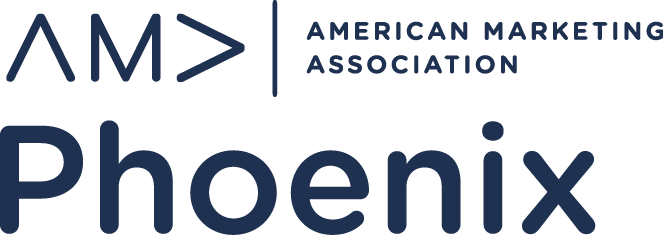- June 13, 2024
- Posted by: Featured
- Categories: Blog, Expert Roundups

10 CRM Performance Metrics You Need to Be Tracking
In the quest to quantify the success of customer relationship management, we’ve gathered insights from CEOs to Marketing Managers, pinpointing the most telling KPIs and metrics. From monitoring customer retention rates to calculating churn and account expansion, here are the top ten methods these professionals use to measure the effectiveness of their CRM efforts.
- Monitor Customer Retention Rate
- Track Contract Prolongation and NPS
- Gauge Customer Lifetime Value
- Analyze App Login Frequency
- Assess Revenue and Net Promoter Score
- Measure CRM-Driven Response Time
- Evaluate Subscription Renewal Rates
- Count Repeat Customer Orders
- Ensure Effective Team Integration
- Calculate Churn and Account Expansion
Monitor Customer Retention Rate
The most important aspect to notice during the customer lifetime with your business is the customer lifetime value. To evaluate it properly, you also need to keep a firm eye on the customer retention rate.
To measure the effectiveness of your customer relationship management (CRM) efforts, one key performance indicator (KPI) to focus on is the Customer Retention Rate (CRR). This metric indicates the percentage of customers a company retains over a specific period. A high CRR suggests that your CRM strategies are successful in maintaining customer loyalty and satisfaction.
Monitoring and improving your CRR can lead to increased customer lifetime value (CLV), lower customer acquisition costs, and better overall business performance. By focusing on customer retention, businesses can ensure they are not only attracting new customers but also keeping existing ones satisfied and engaged.
 Nishan Singh
Nishan Singh
Managing Director, Analytico
Track Contract Prolongation and NPS
The main KPI in B2B customer relationship management is the contract prolongation rate, which impacts the average LTV. This KPI is strongly driven by an intermediate metric such as NPS (Net Promoter Score), which is easy to measure by asking your customers to rate on a scale of 1-10 how willing they are to recommend you to their friends or close network.
At Lemon AI, we have adapted this NPS metric for our CRM efforts. Once a month, we ask the customer decision-makers to rate us from 1 to 10 on two questions:
1) How satisfied are you with each of the three products Lemon AI offers?
2) How satisfied are you with the customer service in terms of the speed and exhaustiveness of the support you receive?
An important thing to note is that we evaluate not only the absolute numbers and month-to-month dynamics (our benchmark is 8 out of 10), but also the response rate. For example, if only 2 out of 5 client representatives we reached out to responded positively, and the other 3 were silent, a response rate of 40% is more of a red flag for us than a reason to be reassured.
 Andrew Bluemental
Andrew Bluemental
CEO & Co-Founder, Lemon AI
Gauge Customer Lifetime Value
One crucial key performance indicator (KPI) for evaluating the effectiveness of customer relationship management (CRM) efforts is Customer Lifetime Value (CLV). CLV measures the total revenue a business can expect from a single customer over the duration of their relationship with the company.
By tracking CLV, organizations can gauge the long-term profitability of their customer relationships. A higher CLV indicates that customers are not only making repeat purchases but also potentially engaging in upsells or cross-sells, demonstrating loyalty and satisfaction with the brand. Conversely, a declining or low CLV may signal issues such as poor customer retention, dissatisfaction, or ineffective marketing strategies.
CLV provides valuable insights into the overall health of customer relationships and helps businesses tailor their CRM initiatives to focus on high-value customers, improve customer retention efforts, and enhance the overall customer experience. It serves as a crucial metric for guiding strategic decision-making and maximizing the return on investment in CRM systems and initiatives.
 Ashish Bhanushali
Ashish Bhanushali
Associate Business Analyst, Wappnet Systems Pvt Ltd
Analyze App Login Frequency
Scenario: A company develops a mobile app for chronic disease management. Their CRM goal is to increase patient engagement and medication adherence (and data collected is all permission-based).
Metric: App Login Frequency
By tracking app login frequency, the company can understand how often patients are actively using the app. This data can be analyzed alongside other factors like medication refill rates or symptom tracking entries to create a clearer picture.
Analysis:
Increased login frequency could indicate higher engagement, potentially leading to better medication adherence and improved health outcomes.
Conversely, a decline in login frequency could signal a need for intervention, prompting the CRM team to reach out to those patients with personalized messages or targeted educational content within the app.
 Howard Rosen
Howard Rosen
CEO, Nova Insights
Assess Revenue and Net Promoter Score
Revenue from repeat business is the most obvious KPI for measuring CRM success. On top of that, we measure Net Promoter Score (NPS) on a scale from 1 to 5. Every client project (we are fully in B2B) ends with a digital sign-off form that measures a few satisfaction indicators. Net Promoter Score tells us if a client is not only happy to come back to us for future projects but also whether that relationship can bring in referrals.
 Hristina Stefanova
Hristina Stefanova
Head of Marketing Operations, Goose’n’Moose
Measure CRM-Driven Response Time
At PatentRenewal.com, one of the key metrics we use to measure the effectiveness of our CRM efforts is response time. In the competitive B2B space, quick response times in sales and marketing are crucial for closing deals, giving us a competitive edge, and building trust with potential clients. For our customer success team, fast response times ensure that customer inquiries are resolved promptly, significantly enhancing customer satisfaction and loyalty. To achieve this, we have automated many of our CRM processes, allowing us to reduce response times while maintaining accuracy. This approach ensures high open rates and the delivery of timely, relevant responses, ultimately helping us build stronger relationships and achieve higher levels of customer satisfaction.
 Kinga Fodor
Kinga Fodor
Marketing Manager, PatentRenewal.com
Evaluate Subscription Renewal Rates
For subscription-based services, we primarily monitor monthly or yearly renewal rates to assess customer retention. A high renewal rate indicates that our CRM efforts are effective, as satisfied customers are more likely to remain loyal and continue their subscriptions. While this KPI captures only one aspect and does not account for qualitative feedback for targeted follow-up actions, it serves as a valuable benchmark for our overall efforts.
 Trendy Tan
Trendy Tan
Marketing Lead, Kepler Search
Count Repeat Customer Orders
We use ‘number of customers who have placed 3 or more orders’ in the last three months. At that point, our business is becoming part of their lives, rather than ad-hoc orders for specific needs. There’s a connection with that customer, so the CRM efforts are bearing fruit.
 Nicola Lando
Nicola Lando
CEO & Co-Founder, Sous Chef
Ensure Effective Team Integration
One of the most important, yet often overlooked, CRM focuses would be team integration. Don’t get me wrong, customer acquisition, LTV, retention, churn, etc., are all vital—no question about that. But an effective and straightforward team integration is the backbone of any CRM initiative. If you’re looking to provide a top-of-the-shelf experience to your clients, all the business departments must be working like a well-oiled machine. All of the folks involved in the customer journey have to be on the same page—as simple as that. We’re talking about sales, marketing, support, procurement—all need to be aligned and rely on effective communication channels. With integrated departments, businesses can more effectively exchange information, collaborate on tasks, eliminate project risks/threats, and, as a result, deliver a top-of-the-class experience for their customers.
 Oleksandr Dzhevaga
Oleksandr Dzhevaga
Head of Business Development and Marketing, SYMVOLT
Calculate Churn and Account Expansion
Hi there, we are a call automation platform that serves primarily businesses, and our revenue model is Software as a Subscription (SaaS).
One of the key KPIs that we use to measure the effectiveness of CRM initiatives is the churn rate. It’s the number of customers or employees who leave a company during a given period. We also look at how many customers we are able to retain on a month-to-month basis.
The second metric that we measure is account expansion. Most of our accounts start with a small user base, and new users are added if the product is found useful to our customers.
This helps us to understand the effectiveness of CRM initiatives.
 Subhash Kalluri
Subhash Kalluri
Founder, FreJun
Submit Your Answer
Would you like to submit an alternate answer to the question, “How do you measure the effectiveness of your customer relationship management efforts? Share ONE of the key performance indicators (KPI) or metrics you use to evaluate the success of your CRM initiatives.”
